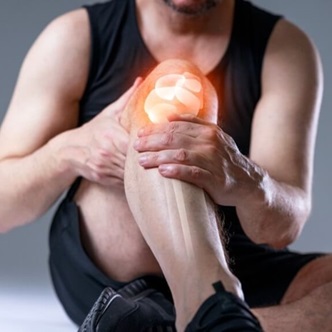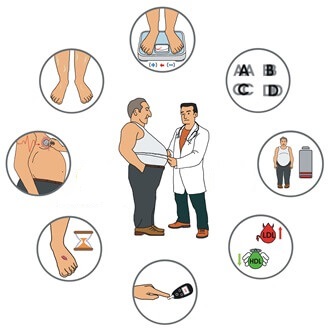See details
READ MORE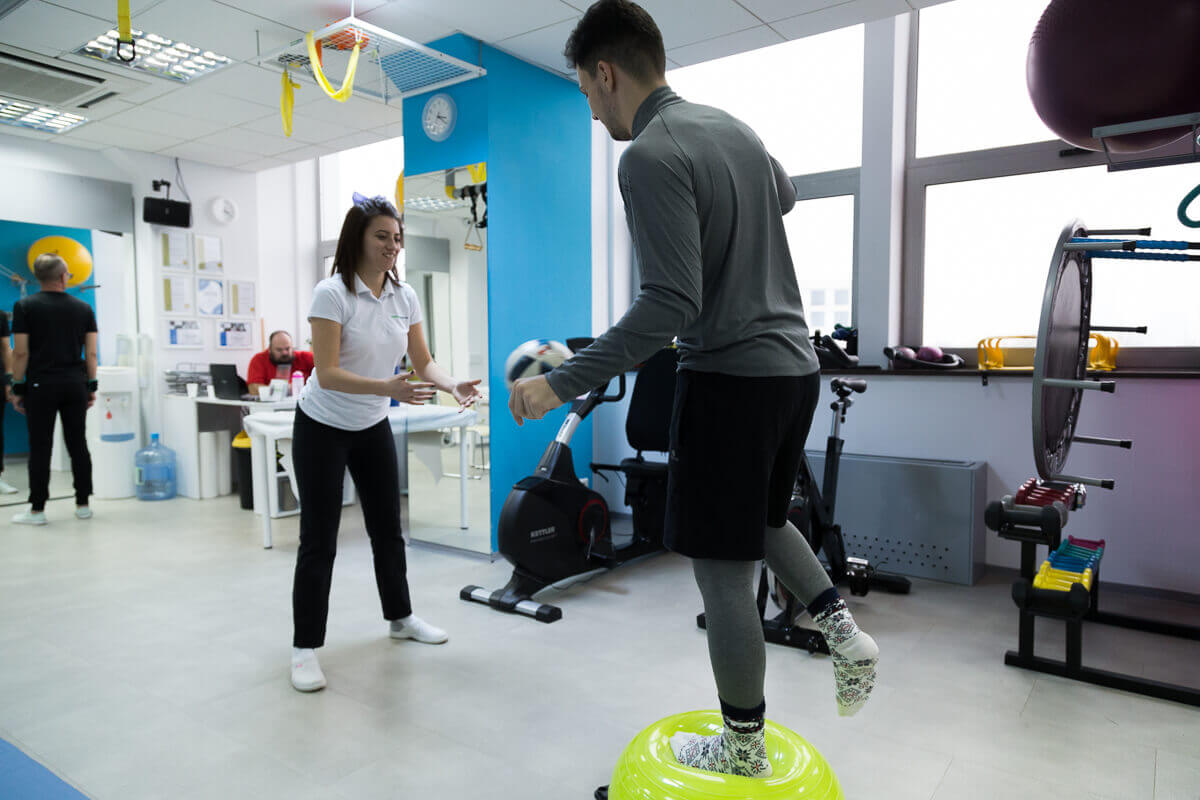
Recovery from patellofemoral syndrome
When the knee moves, the patella slides to stay in contact with the lower edge of the femur (trochlear groove). Normally, this movement has almost no friction: the friction between these two joint surfaces is about 20% of the ice friction sliding on the ice. If the joint surface of the patella or femur (articular cartilage) becomes soft or irregular, the friction will increase. As a result, the patient will experience squeaking and crackling when mobilizing the knee. This pathology, in which we have patellofemoral crepitations, is called patellofemoral chondromalacia or patellofemoral osteoarthritis.Treatment
The best treatment for patellofemoral chondromalacia is to avoid activities that compress the patella on the femur. This means avoiding climbing and descending stairs, deep knee flexions, kneeling, and aerobic exercises. Do not wear heeled shoes.
A knee protector that has a special hole for the patella can help. Applying ice packs for 20 minutes after performing the exercises also helps.
Sports that can aggravate patellar tendonitis and patellofemoral chondromalacia: volleyball, basketball, football, long-distance running, squash, rugby, and weightlifting.
Sports that can not cause symptoms: cycling (it is best to position your saddle in a position as high as possible and avoid hill climbing), skiing, tennis.
Sports that are the easiest for the knees: swimming, walking (also avoid hill climbing), and cross-country skiing.
Do not perform the following exercises:
- Lunges
- Squats
- Stepper devices
- Weight extension devices
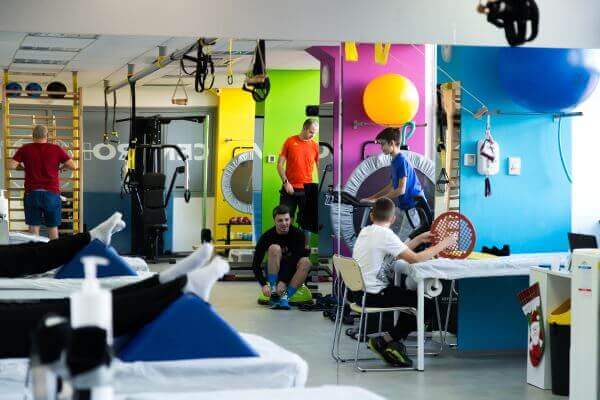
- Extension limb lifting exercises
- Medical bicycle (saddle up, minimum resistance)
- Foot press (do not allow knees to bend more than 90 degrees)
- Quadriceps muscle exercises
Exercise program
The next exercise program should be followed under the close supervision of a doctor or physiotherapist. For extended limb lifting exercises or short lifts, you can add ankle weights to increase the endurance of the exercises and increase strength. Start with 500 mg and gradually increase to 500 mg per week until you reach 2.5 kg. The exercises should be performed daily until the ankle weights are added. At this time, the straight leg lifting exercises, short lifts, and sliding on the wall should be performed every 2 days, the stretching exercises being performed daily. When you can perform straight leg lifts and short lifts with weights of 2.5 kg, continue them only twice a week.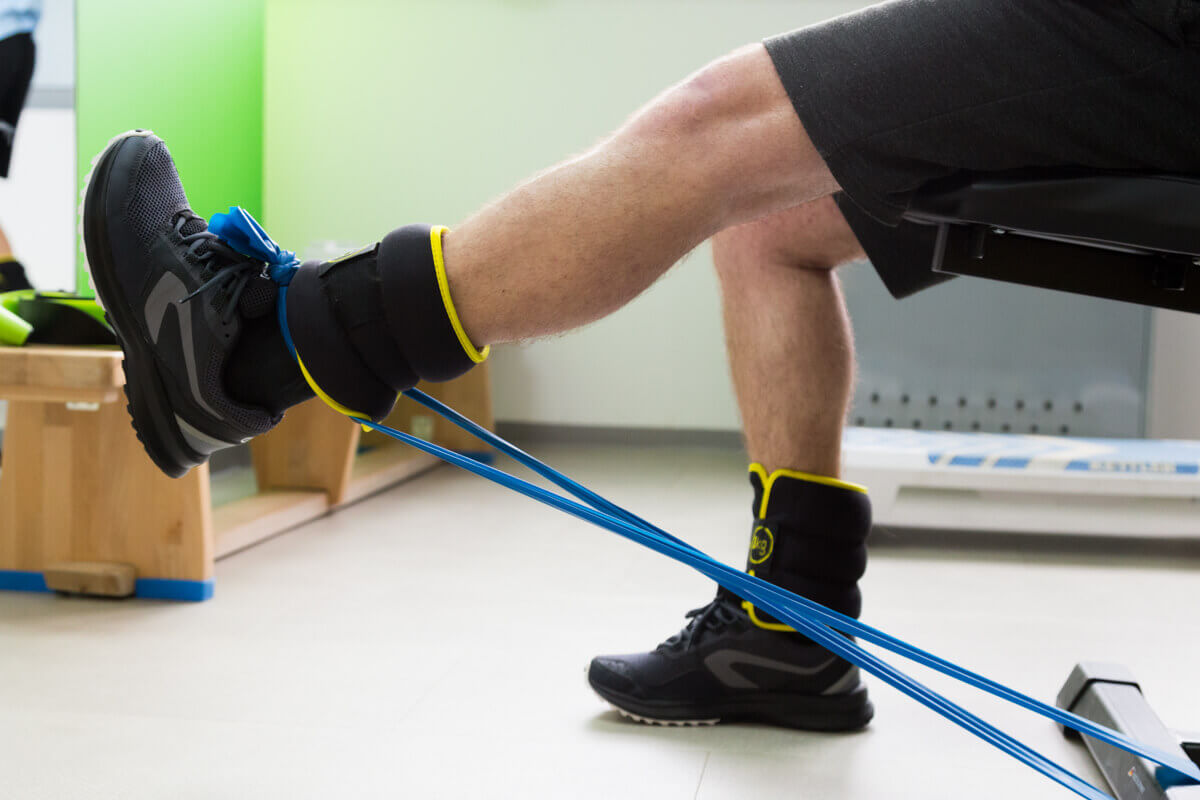
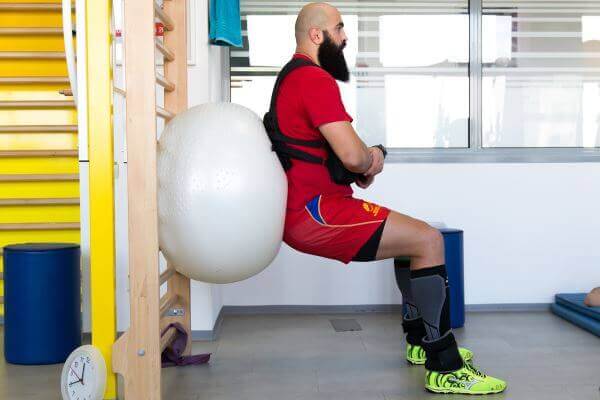
Stretching the quadriceps - This exercise is performed as in the adjacent position. Perform a movement near the heel. When you feel a stretch in the front of the thigh and knee, hold the position for 15-20 seconds for 3-5 repetitions.
Hip and thigh stretching - Cross your left/right leg in front of the other. Lean-to the left/right, leaving the prominence of the right/left hip out. When you feel a slight stretch on the outer side of the hip, hold this position for 15-20 seconds for 3 or 5 repetitions.

MAKE AN APPOINTMENT
CONTACT US
SUCCESSFUL RECOVERY STORIES
MAKE AN APPOINTMENT
FOR AN EXAMINATION
See here how you can make an appointment and the location of our clinics.
MAKE AN APPOINTMENT




